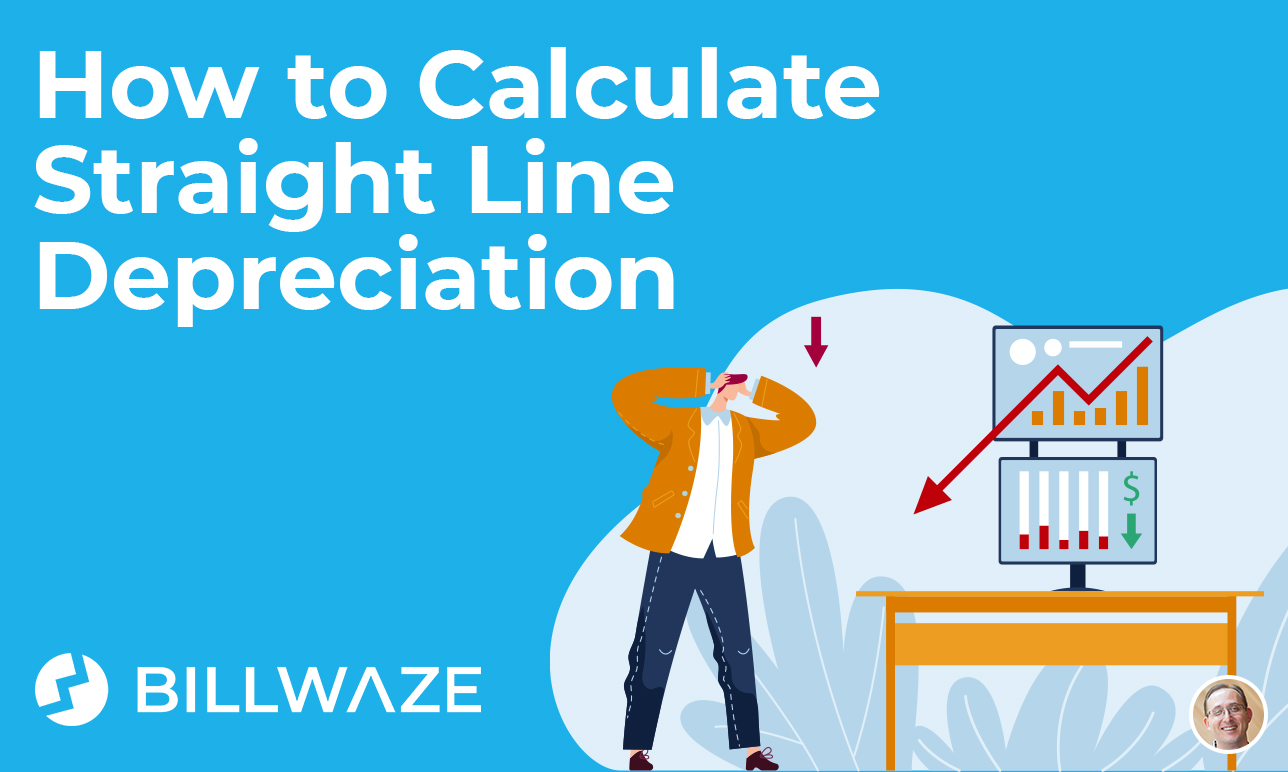The moment you purchase something, its value begins to decrease. In accounting terms this is called depreciation, and it is crucial in determining the value of your business’s assets.
Straight Line depreciation is the most common form of calculating the depreciation of an asset’s value over the course of its life. Very simply, each accounting year the asset is depreciated by the same fixed percentage.
Straight line depreciation offers several advantages over other methods of calculation. Its simplicity means that errors are far less likely, and it does away with the need to monitor patterns in the consumption of the asset.
How is Straight Line Depreciation Calculated?
There are three factors used to calculate straight line depreciation:
● Purchase cost of the asset
● Salvage value of the asset if applicable
● Lifetime of the asset
The purchase cost is simply what was paid for the asset. The salvage value is an estimate of the resell price once the asset has reached the end of its useful life.
Straight line depreciation is calculated by dividing the lifetime of the asset into 1 to determine the depreciation rate, and then multiplying that rate by the purchase cost minus the salvage value if there is one.
Let’s put this calculation into an example:
Knowing how messy DIY can get, Bob’s Hardware Store stocks a range of multi-purpose cleaners. Each box costs Bob $11, and has a shelf life of 2 years. Even though Bob will need to take unsold boxes out of his inventory after that time, he knows that he can sell them at the local market for $5 each.
Bob calculates the straight line depreciation as follows:
Useful life 2 years, divided into 1 = 0.5. This is the depreciation rate per year.
Asset cost (purchase price minus salvage rate) is $11 – $5 = $6.
Straight line depreciation is depreciation rate 0.5, multiplied by asset cost $6 = $3. Each box of cleaning fluid has a straight line depreciation of $3 per year.
How does Straight Line Depreciation Appear in Accounting?
For the purposes of accounting, straight line depreciation is shown as a credit to the accumulated depreciation account, and a debit to the depreciation expense account.

 Billwaze
Billwaze 
